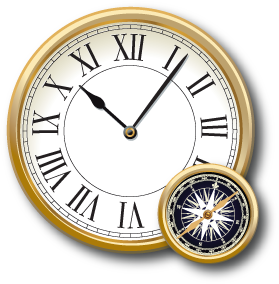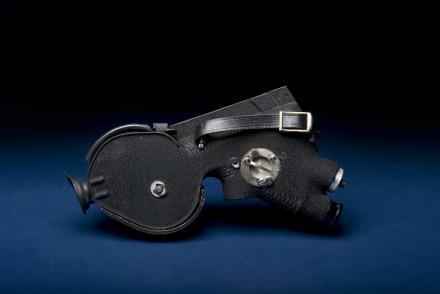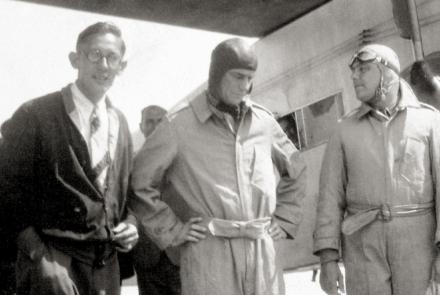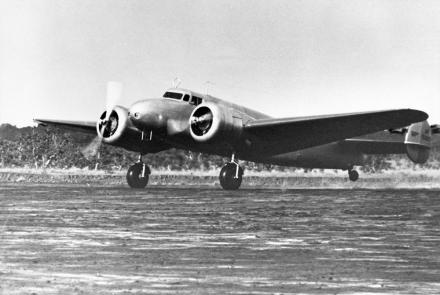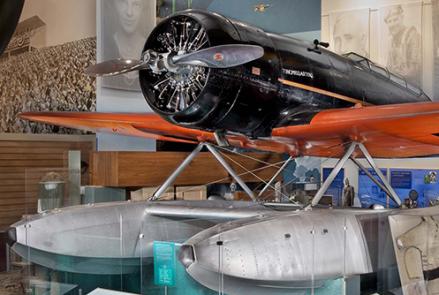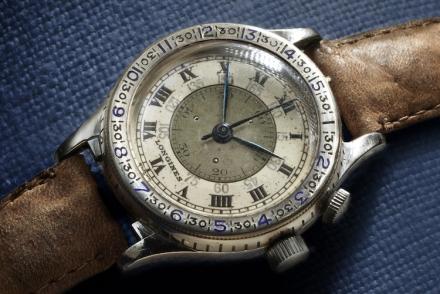Multimedia Gallery
- Topic: Navigating In The Air
The Link A-12 Sextant represented a new generation of “averaging” sextants.
Trained in air navigation by P. V. H. Weems
Philip Payne, James DeWitt Hill, and Lloyd Bertaud with their plane Old Glory.
The 10E was an excellent aircraft, but it lacked sufficient range to make a South Pacific crossing safe and practical.
This Lockheed RC-121D featured periscopic sextant ports for celestial sightings, eliminating the need for astrodomes.
Charles Lindbergh and his wife Anne Morrow made a series of transoceanic airline survey flights in this Lockheed Sirius.
Advances in computing made celestial navigation practical for the Mach 3+ SR-71.
The Astroinertial Navigation System helped this SR-71 Blackbird's crew set a coast-to-coast speed record of only 68 minutes.
The Lindbergh Hour Angle Watch eliminated a simple but troublesome calculation in celestial computations.
These watches were often more popular for their use as fashion accessories than their practical application as navigational tools.


